-
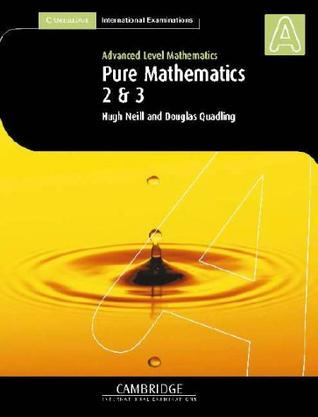
Pure Mathematics 2 and 3
This book is part of a series of textbooks created for the new Cambridge International Examinations (CIE) mathematics syllabus. The authors have worked with CIE to assure that the content matches the syllabus and is pitched at a suitable level. Pure Mathematics 2&3 corresponds to syllabus units P2 and P3. The syllabus content is arranged in chapters to provide a viable teaching course. Each chapter starts with a list of learning objectives. Mathematical concepts, terminology and notation are explained clearly and carefully. Key results and procedures appear in boxes for easy reference. Stimulating worked examples take a step-by-step approach to problem solving. There are plenty of exercises throughout, as well as revision exercises and practice exam papers – all written by experienced examiners. -
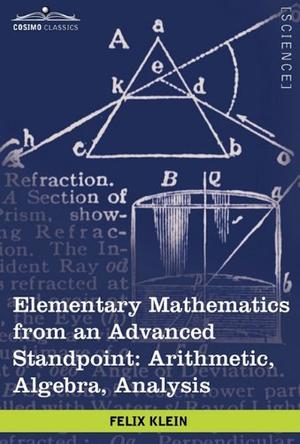
Elementary Mathematics from an Advanced Standpoint
-
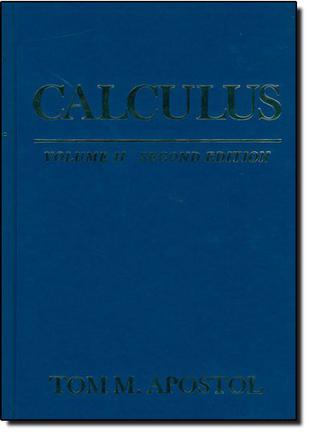
Calculus, Vol. 2
Volume II of "Calculus", contained in this work, presents multi-variable calculus and linear algebra, with applications to differential equations and probability. Volume I, sold separately, presents one-variable calculus with an introduction to linear algebra. -
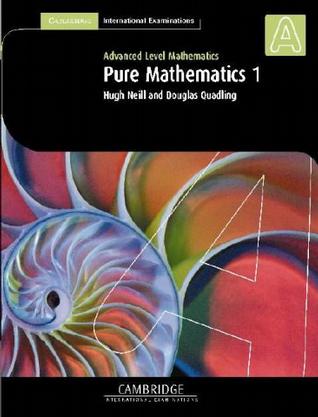
Pure Mathematics 1
Written to match the contents of the Cambridge syllabus. Pure Mathematics 1 corresponds to unit P1. It covers quadratics, functions, coordinate geometry, circular measure, trigonometry, vectors, series, differentiation and integration. -
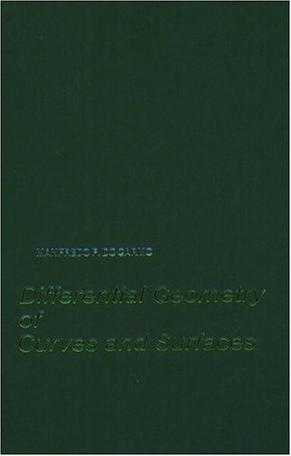
Differential Geometry of Curves and Surfaces
This volume covers local as well as global differential geometry of curves and surfaces. *Makes extensive use of elementary linear algebra - with emphasis on basic geometrical facts rather than on machinery or random details. *Stresses the basic ideas of differential geometry - regular surfaces, the Gauss map, covariant derivatives. *Includes a large number of fully-worked examples. -
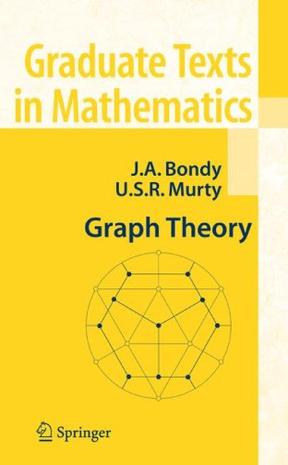
Graph Theory (Graduate Texts in Mathematics)
The primary aim of this book is to present a coherent introduction to graph theory, suitable as a textbook for advanced undergraduate and beginning graduate students in mathematics and computer science. It provides a systematic treatment of the theory of graphs without sacrificing its intuitive and aesthetic appeal. Commonly used proof techniques are described and illustrated. The book also serves as an introduction to research in graph theory.